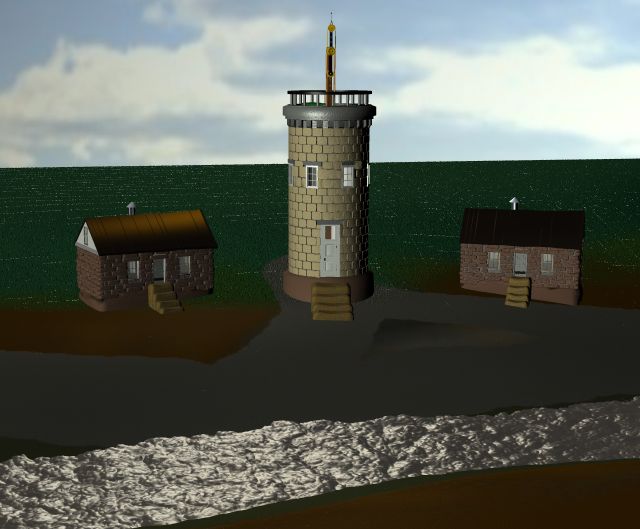Friday, October 25, 2019
Random thought about intellectual heroes
As I learn about visual semaphores, I'm gaining a huge respect for French thinkers and engineers. Claude Chappe and Louis Braille had the same deep and broad sense of MEANING, and found unusual ways to communicate MEANING. Both picked up rather clunky systems that had been meant for military secrecy, and both turned the systems into efficient sound-based visual and tactile signs, capable of reading faster than speech.
When telegraphs changed to electricity, the French line of parallel chordal communication was lost. Michela tried to carry it on, but didn't get anywhere.
Morse simplified the system from parallel to serial, which may have saved money on wires at the time, but Morse didn't have a sense of efficient communication. His original code wasted lots of time and hand-muscle, ignoring earlier serial codes that were better fitted to language and natural rhythm. Later revisions gained some efficiency and 'music', but never regained the chordal nature of Chappe and Braille.
Parallel sending restarted after tone-multiplex telegraphy was possible, and again it was French thinker Baudot who established the code, with some help from Danish-French LaCour.
It's not clear why this strong lineage faded out. French engineers played a major part in developing automobiles, but that was the end of the line. Not much activity since 1910, not much in radio or computers. What happened? Was it the futility of WW1 that switched France from Chappe to Sartre?
= = = = =
A little Poserendipity. I've been using this scene to form and test the python code for Chappe alphabets. I'd been focusing closely on the wings, and hadn't zoomed back and fully rendered it until just now. The water is nicely appropriate for today. Need to turn down the turbulence before releasing the scene.


Labels: defensible cases, defensible times, Morsenet of Things
